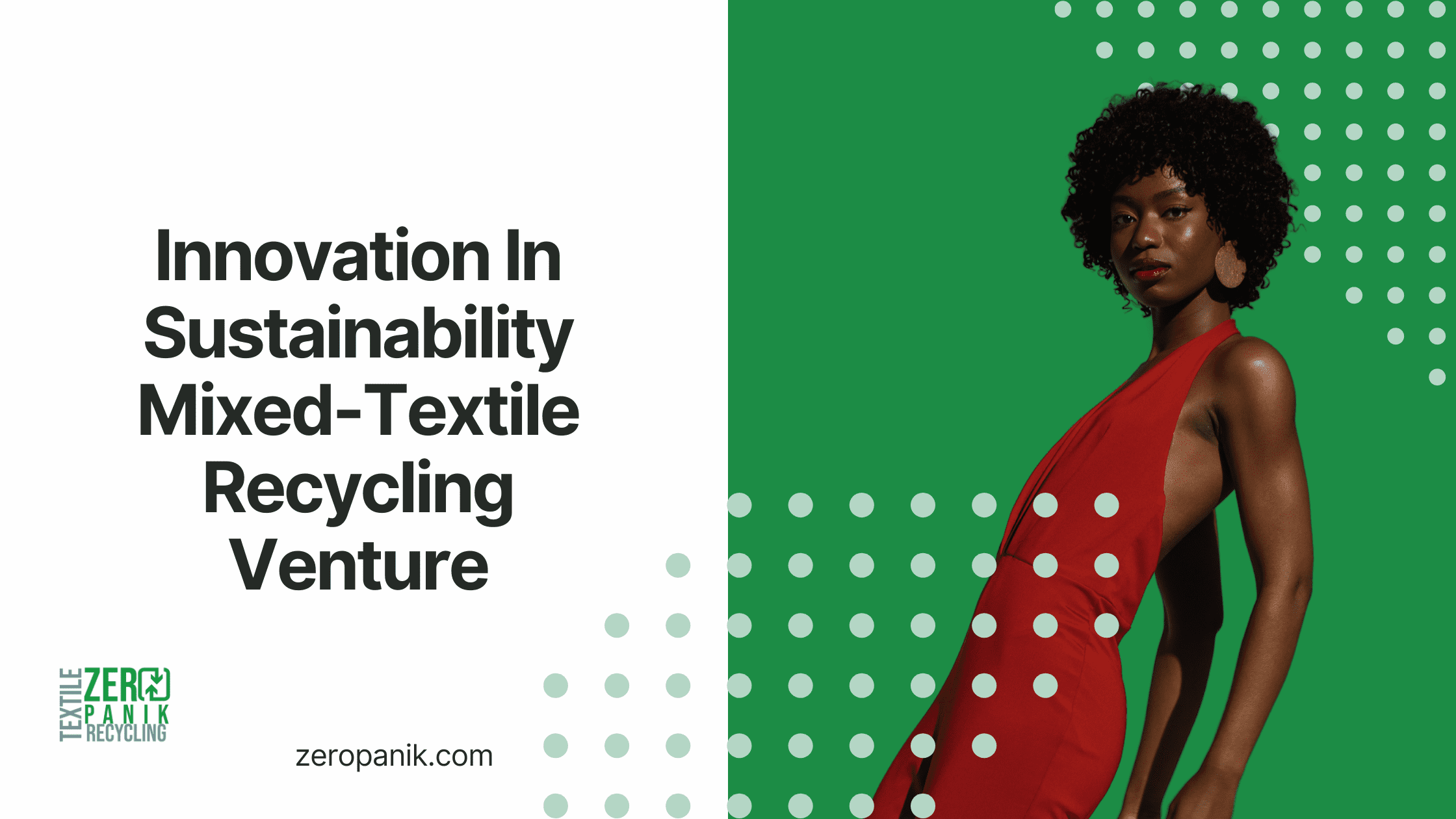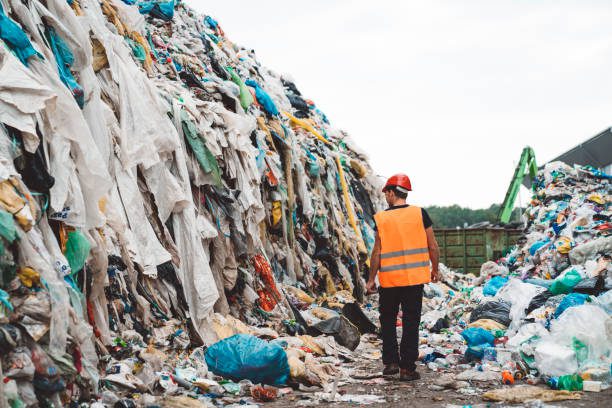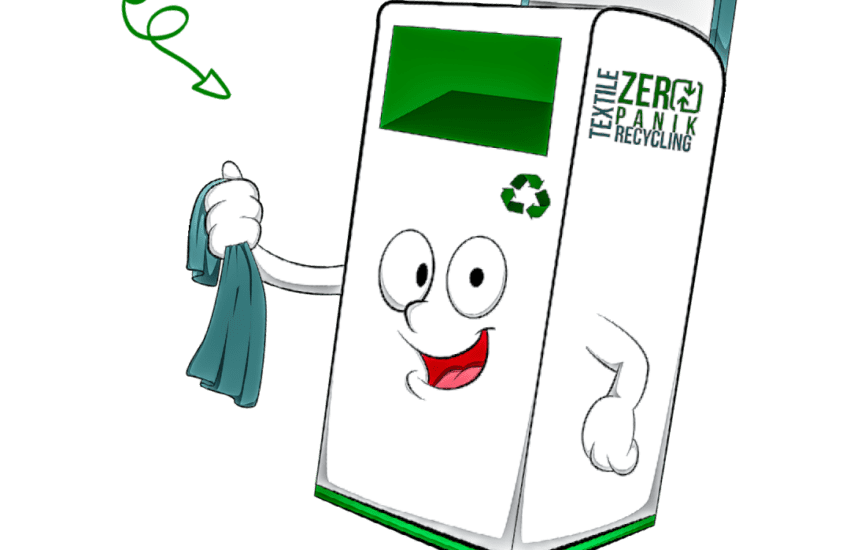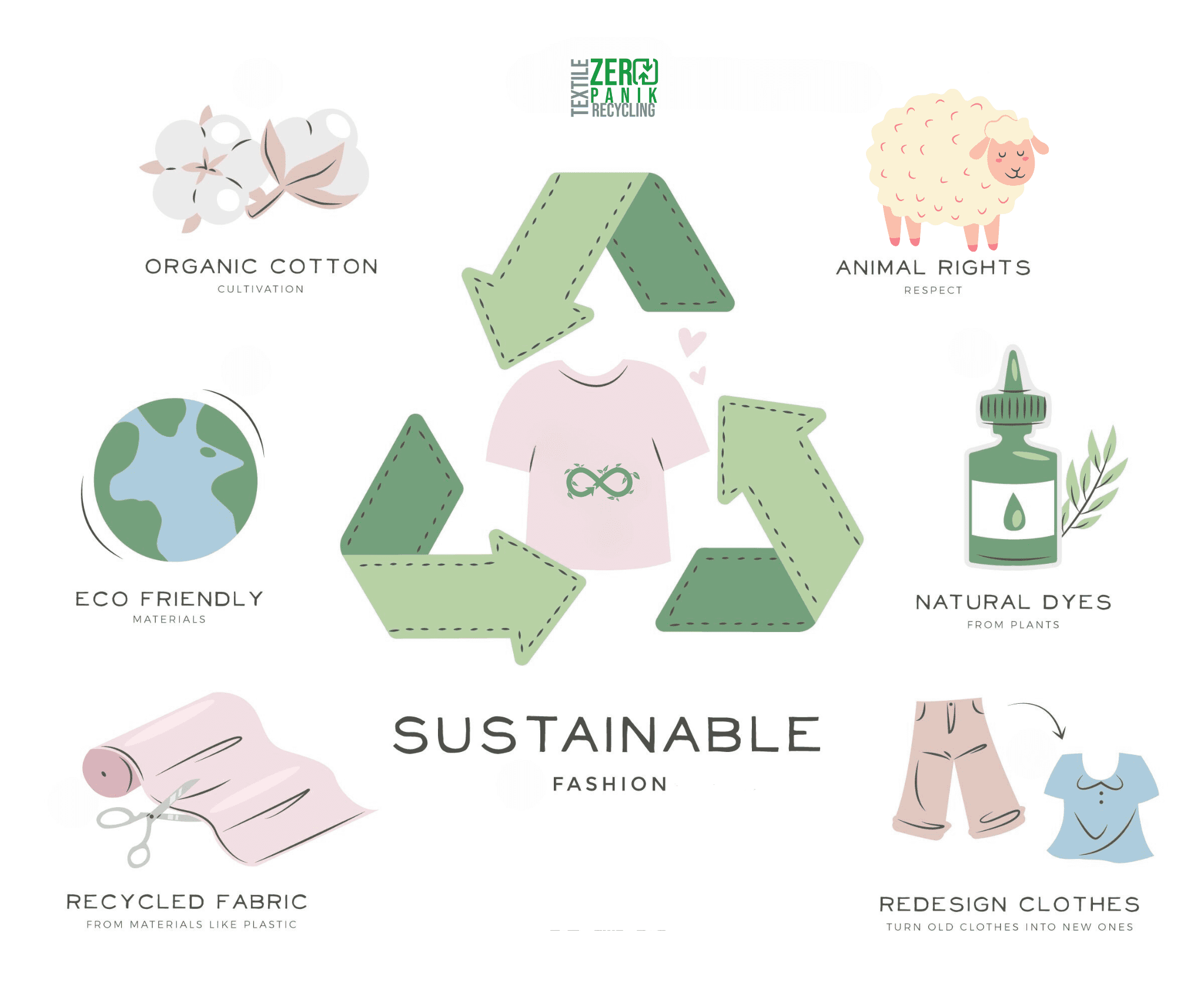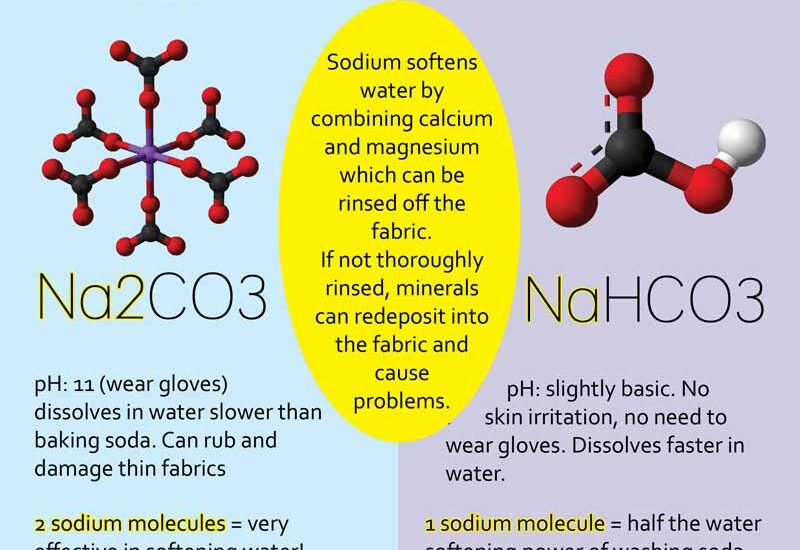Introduction
A new recycling venture headed by fashion designer Stella McCartney will aim to keep plastic-based synthetic fibers out of landfills and instead give them a second life as new garments, reports say.
The technology, which is still in development, will be able to recycle mixed-textile garments made of natural fibers like cotton as well as synthetic fibers like polyester into new blended fabrics.
The benefits of this technology are twofold: not only will it reduce the amount of textile waste that ends up in landfills, but it will also use less water and energy than traditional textile recycling processes.
The venture is still in its early stages, but it has the potential to revolutionize the way we think about textile waste and recycling. If you are interested in learning more about this innovation or getting involved, stay tuned for updates!
What is mixed-textile recycling?
Mixed-textile recycling is the process of recycling multiple types of textile materials together. This includes fabrics made from natural fibers like cotton and wool, as well as synthetic fibers like polyester and nylon. Mixed-textile recycling is a growing industry as more and more companies are looking for ways to recycle textile waste.
There are several benefits to mixed-textile recycling. First, it allows for a wider range of textile materials to be recycled. Second, mixed-textile recycling can be more efficient than recycling each type of textile separately. And third, mixed-textile recycling can help to reduce the environmental impact of textile production.
If you’re interested in recycling textile waste, mixed-textile recycling is a great option.
Why is recycling mixed-textile waste innovative?
Recycling mixed-textile waste is an innovative process because it takes a waste product that would otherwise be difficult to recycle and gives it new life as a recycled product. This helps to reduce the environmental impact of textile waste and also helps to support the circular economy.
Mixed-textile waste generally refers to clothing and other textile products that are made from a mix of natural and synthetic fibers. While most textile waste is recycled into new clothing or other textile products, mixed-textile waste presents a challenge because the different fiber types can be difficult to separate.
However, recycling mixed-textile waste is becoming more common as new technologies are developed to separate the different fibers. This is important because it helps to reduce the amount of waste that is sent to landfills, and it also helps to conserve natural resources.
How will Stella McCartney pilot this mixed-textile recycling project?
To reduce fashion’s environmental impact, Stella McCartney is piloting a mixed-textile recycling project. The project, which is being tested in selected stores in the UK, US, and Japan, will enable customers to recycle their unwanted clothing, regardless of brand, and receive a discount on their next purchase.
The project is part of McCartney’s wider commitment to sustainability, which includes using sustainable materials, such as recycled plastics, in her designs. If successful, the project could be rolled out to other stores and help reduce the amount of textile waste that ends up in a landfill.
What are the benefits of this initiative?
The benefits of this initiative are twofold: first, it will help reduce the amount of textile waste that ends up in a landfill; and second, it will enable customers to recycle their unwanted clothing, regardless of brand, and receive a discount on their next purchase. This will help Stella McCartney reduce fashion’s environmental impact and make her designs more sustainable.
How can other businesses learn from this?
Other businesses can learn from this initiative by looking at how Stella McCartney is piloting a mixed-textile recycling project in selected stores. This project is part of McCartney’s wider commitment to sustainability, which includes using sustainable materials, such as recycled plastics, in her designs. If successful, the project could be rolled out to other stores and help reduce the amount of textile waste that ends up in a landfill.
Conclusion
Overall, this recycling initiative is a step forward in sustainable fashion and an example of how innovation and technology can be used to address environmental issues. Giving synthetic fibers a second life reduces the need for virgin materials and contributes to a circular economy where resources are used more efficiently. It also shows the importance of collaboration between different industries and sectors to achieve sustainable outcomes.



